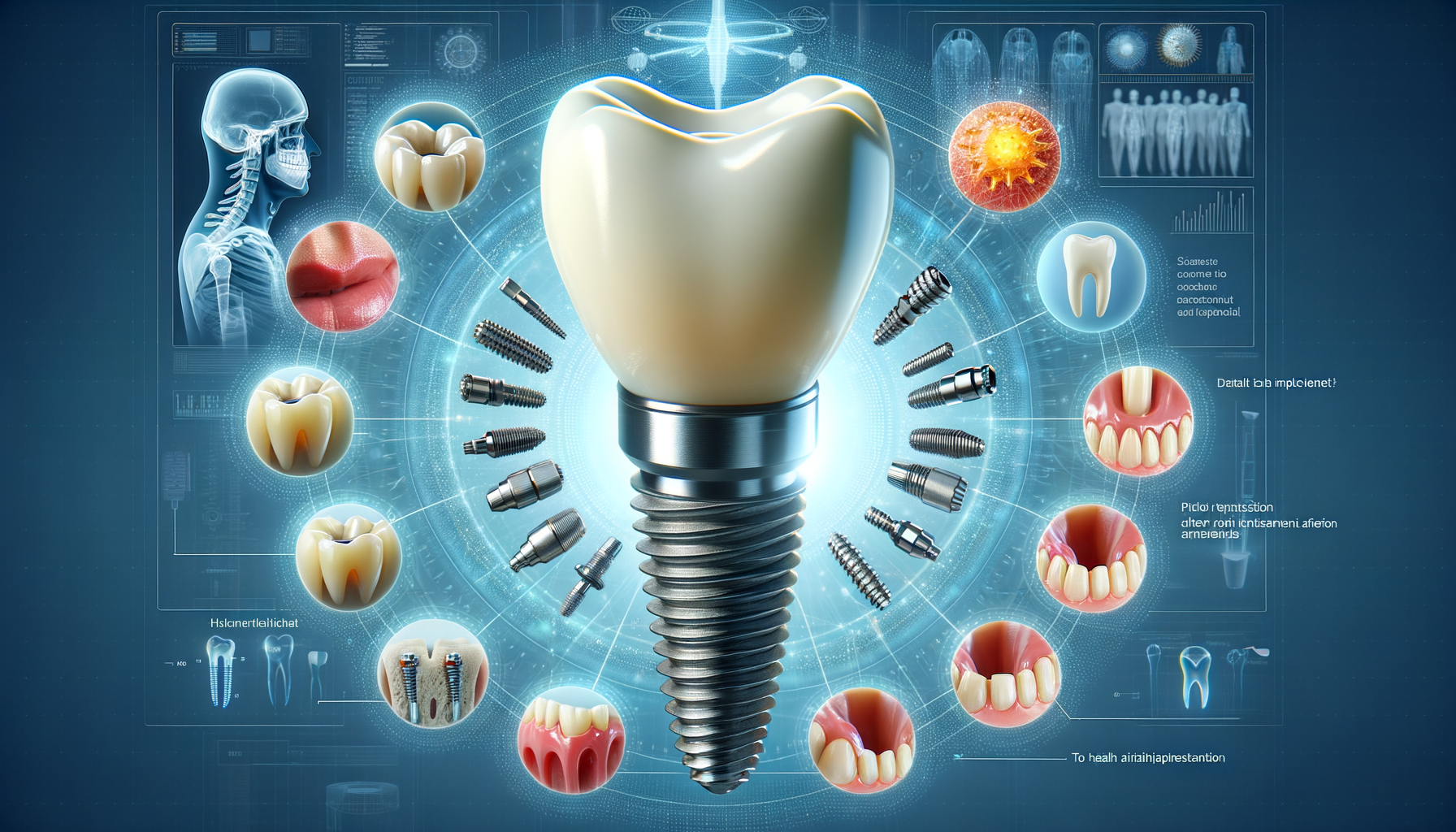Understanding Dental Implants: Costs, Procedures, and Recovery
Explore the significance of dental implants, their cost breakdown, and the healing process involved.

Introduction to Dental Implants
Dental implants have revolutionized the field of dentistry, offering a reliable solution for missing teeth. Unlike traditional dentures or bridges, implants provide a permanent and natural-looking replacement that integrates with the jawbone. This process, known as osseointegration, ensures stability and longevity, making implants a highly regarded option for dental restoration.
The significance of dental implants extends beyond aesthetics. Implants help preserve the jawbone structure, preventing bone loss that often accompanies tooth loss. They also restore the ability to chew and speak effectively, enhancing overall oral health and quality of life. As more people seek durable solutions for missing teeth, understanding the intricacies of dental implants becomes essential.
Dental Implant Cost Breakdown
The cost of dental implants can vary significantly based on several factors. It’s important to understand these components to make an informed decision. Typically, the cost includes:
- Consultation and Examination: Initial assessments and imaging are necessary to evaluate the condition of the jawbone and determine the suitability for implants.
- Surgery: The surgical procedure to place the implant in the jawbone is a significant part of the cost.
- Abutment and Crown: After the implant integrates with the bone, an abutment and a crown are placed, completing the restoration.
- Additional Procedures: Some patients may require bone grafts or extractions, which can add to the overall cost.
The geographical location and the expertise of the dental professional also influence pricing. On average, a single dental implant can range from a few thousand to several thousand dollars. While the initial investment may seem high, the long-term benefits and durability often justify the expense.
Healing Timeline After Implants
The healing timeline for dental implants varies, but understanding the general stages can help set realistic expectations. Initially, after the implant surgery, patients may experience some discomfort and swelling, which typically subsides within a week.
The critical phase is osseointegration, where the implant fuses with the jawbone. This process can take several months, often between three to six months, depending on individual healing rates and the quality of the bone. During this time, maintaining oral hygiene and following the dentist’s instructions are crucial for successful integration.
Once osseointegration is confirmed, the abutment and crown are placed, marking the final stage of the process. Patients can then enjoy the full functionality and appearance of their new teeth. Regular follow-up visits ensure the implants remain in optimal condition and address any concerns promptly.
Comparing Dental Implants with Other Options
When considering tooth replacement, it’s helpful to compare dental implants with other options such as dentures and bridges. Each has its advantages and limitations, and the choice often depends on individual needs and circumstances.
Dental implants offer a permanent solution, closely mimicking natural teeth in function and appearance. They support the jawbone, preventing bone loss, and do not impact adjacent teeth. In contrast, bridges may require altering neighboring teeth for support, and dentures can sometimes slip or cause discomfort.
While the initial cost of implants is higher, their longevity and minimal maintenance can make them a cost-effective choice over time. Dentures and bridges may require replacements or adjustments, adding to long-term expenses. Ultimately, consulting with a dental professional can help determine the most suitable option based on health, lifestyle, and budget considerations.
Conclusion: The Value of Dental Implants
Dental implants represent a significant advancement in dental care, offering a reliable and aesthetically pleasing solution for tooth loss. By understanding the cost breakdown and healing process, individuals can make informed decisions that align with their oral health goals.
While the journey from consultation to completion requires time and financial investment, the benefits of restored function, appearance, and confidence are invaluable. As dental technology continues to evolve, implants remain a well-regarded option for those seeking long-term solutions to missing teeth.